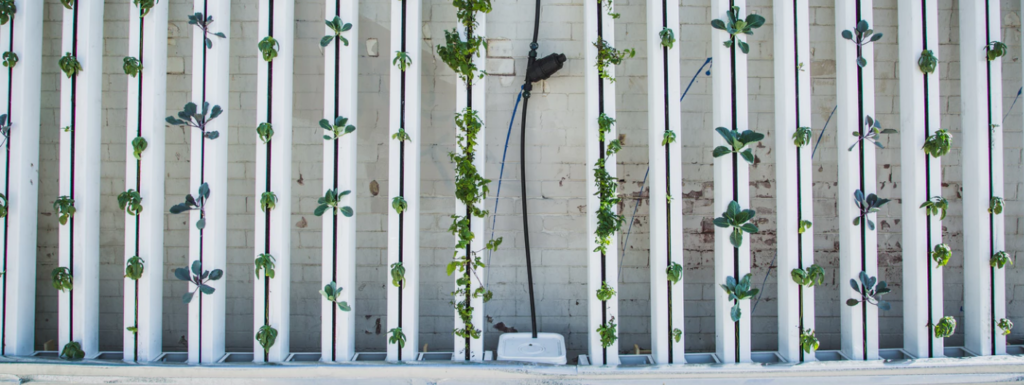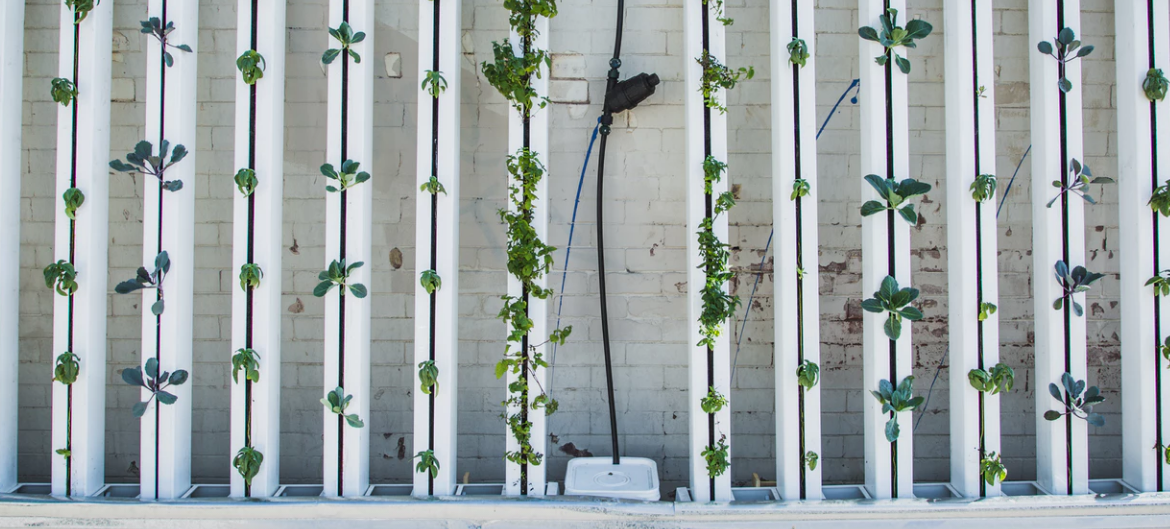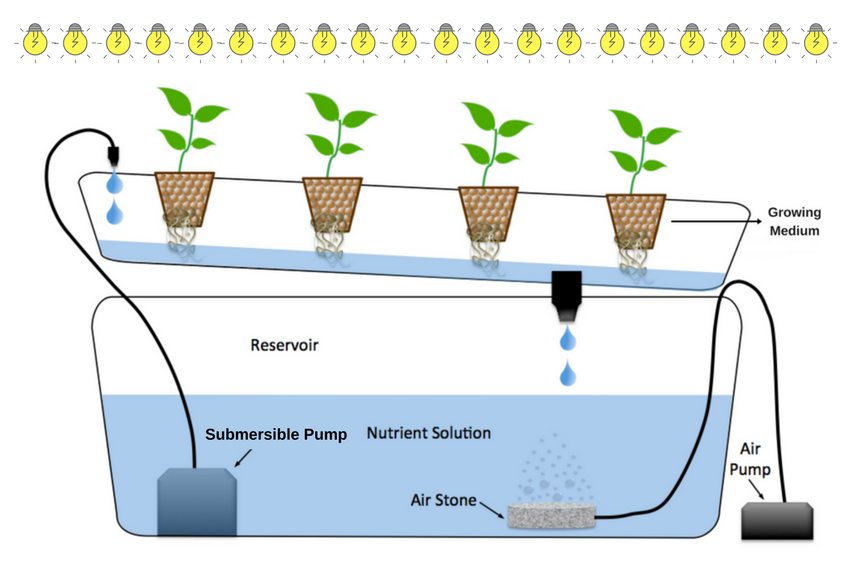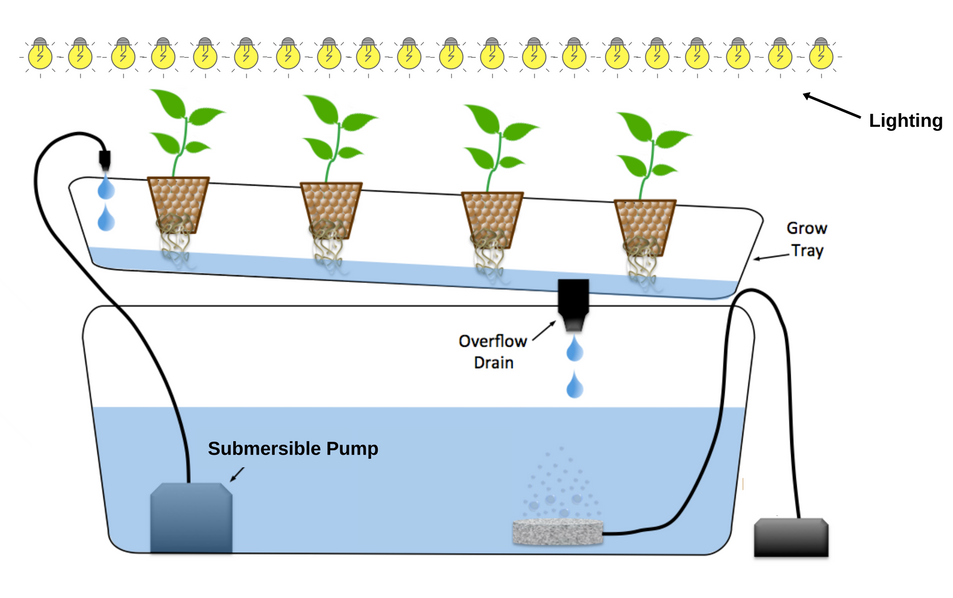The Secrets of How to Grow Hydroponics
Plenty of gardeners prefer to produce plants hydroponically from seedlings or even cuttings extracted from an parent plant. While you could get by growing like this, it can introduce a completely new set of problems that do not exist when growing from seeds. So first, you should know how to grow hydroponics in your backyard or garden.
The benefit of hydroponics is that you could create higher yielding crops than soil crops, and your plants don’t have problems with the same infestations and topsoil borne illnesses that ground plants can have. Seeds do not contain the diseases and pests that are sometimes found within seedlings.
Plenty of growers want to discover ways to grow plants using hydroponics, it just takes patience, the proper materials, and a small amount of management, and the hydroponic garden will offer many perks overall than traditional soil gardening.

How Hydroponic Gardening Works
Hydroculture is another term for hydroponics, a way of growing plants in water containing blended nutrients. Most of the foods we eat commercially are produced in this manner, and that same scaled-down version is a perfect method to develop many houseplants as well.
Hydroponic plants will be grown in containers that are filled up with water and liquid fertilizer. The vegetation ingests nutrients from the water, and after being submerged continuously, they will naturally modify their root systems to create a greater storage capacity for oxygen. After you have setup the hydroculture system, all you have to do is watch the float inside the reservoir to know when the plant needs more solution.
How a Hydroponic System works
- Reservoir: It holds the water plus the nutrient solution. A carry tub works great.
- Air Pump plus Air Stone: To oxygenate the water. Oxygen is essential to get the plant’s roots.
- Growing Medium: Helps the plants rather than garden soil such as perlite, rock wool, vermiculite, and small clay stones.
- Nutrient Solution: Extremely vital that you consist of micronutrients along with macronutrients.
A Few Benefits Include
- Less water utilization.
- Your plants will mature faster and make more.
- You don’t need a yard.
- Zero soil to cultivate and zero weeds to pull.
If you are discovering how to grow hydroponics for the very first time, you should decide which hydroponic system will work best for you. With hydroponics, a nutrient remedy is put right into the water and onto the roots. There is no dirt to hold the nutrients so the exact measurements of the nutrient solution is essential. You will find several types of hydroponic devices and several methods to learn how to grow hydroponic vegetation but if you would like to grow straight from a seed and completely on your own, you will need to manage all aspects of the process and the following is a starter kit to do so…
- Jordan Rockwool Plugs
- Grow light or even natural light
- Warming Mat
- Hydroponic tray
- Seedling alternative
Growing small seeds in the granular hydroponic press will only lead to the tiny seed dropping throughout the cracks so beginner plugs should be created from inorganic materials, and we find that Jordan Rockwool Plugs are perfect for this purpose.
Just use a pencil to create holes in every starter plug (most plants usually can start with two seeds, but for natural herbs 4-6 plant seeds per cube is usually appropriate), then place each one of the beginners into a slot in the hydroponic tray to carry them to their set up.
Place a clear plastic arched cover over the tray (you can buy hydroponic domes that are specifically made for seedlings). Some covers will enable you to change the humidity with adjustable vents but no matter the cover, the container must be able to keep the moisture and heat in and circulate fresh air around the plants. It also must be transparent as seedlings require plenty of light to grow.
A heat pad could be positioned within the holder to guarantee the baby plants are kept warm. A heat of between seventy to eighty degrees Fahrenheit is usually best.
You have to make sure the seedlings are kept humid and that the roots get access to the nutrient water solution, and yes, it is essential that the developing plant receive plenty of natural (or artificially created) sunlight as it grows.
You May Also Need The Following Items
- Grow Tray: To catch the plants.
- Submersible Pump: To pump sufficient water to the plants
- Timer: To carefully turn the pump on and off, and also for timing the lights.
- Lighting: Types of lighting are metal halide bulbs, neon, high-pressure salt lights, or LED grow lamps.
Beneficial Tips about Hydroponic Growing
- Proper Light: Begin young plants with eight hours of light, increase to 12 hours a day gradually. Keep in mind that an excessive amount of light could harm the plants.
- Median Humidity: An excessive amount of moisture can cause fungus to develop on your vegetation.
- Heat: 65-85 degrees Fahrenheit is a great range.
- pH Balance: Most plants grow best with water, and a nutrient remedy of 6.5, pH test or meters strips are available and easy to use when checking the pH.
Now that you know the secrets of how to grow hydroponics you are ready to begin your hydroponic garden. It might appear like a lot to understand at first, but it is really very simple and no matter where your home is, and regardless of your climate, you can grow vegetables and plants all year round, using hydroponic growing methods. As an alternative you can always pick up some fabric pots. They serve as a great alternative for growers who want to increase their yield compared to traditional pots.












